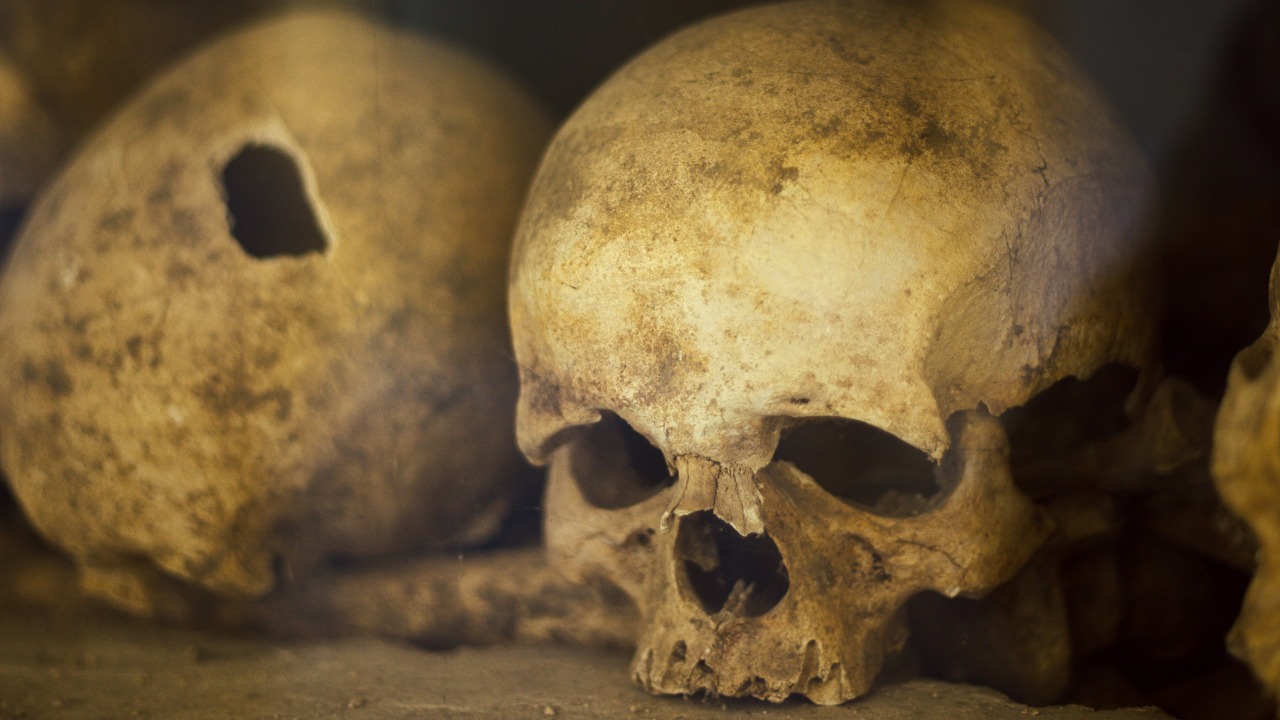
The extinction of Neanderthals, our closest extinct human relatives, has long been a subject of intrigue and speculation. A groundbreaking study published in 2023 has shed new light on this mystery, revealing a hidden genetic rift that may have played a significant role in their demise. The research, led by Dmitri A. Petrov from Stanford University, suggests that Neanderthals were highly susceptible to type I interferons—key immune signaling molecules—due to a variant of the STAT2 gene they carried, unlike modern humans who evolved a protective mutation around 50,000 years ago.
Neanderthal Immune System Vulnerabilities
The core finding of the study revolves around the Neanderthal STAT2 gene variant. Unlike the modern human version of the gene, the Neanderthal variant lacks an arginine-to-histidine amino acid change at position 706. This difference makes Neanderthal cells hypersensitive to type I interferons, as demonstrated by lab tests on human cell lines engineered with ancient DNA sequences. This hypersensitivity led to a 10-fold increase in interferon sensitivity and rapid cell death upon viral exposure, a stark contrast to the protective role of the modern human STAT2 against the same interferons.
This genetic difference is believed to have arisen in modern human lineages after they diverged from Neanderthals around 600,000–800,000 years ago. The protective mutation then swept through populations in Africa before interbreeding events with Neanderthals occurred. This information, according to the study’s lead authors including Dmitri A. Petrov at Stanford, provides a compelling explanation for the Neanderthals’ vulnerability to diseases.
Reconstructing Ancient Genomes for Insights
The researchers used innovative methods to resurrect the Neanderthal STAT2. They sequenced genomes from fossils like the Altai Neanderthal from Denisova Cave in Siberia and the Vindija 33.19 individual from Croatia, ensuring the preservation of the Neanderthal-specific sequence lacking the position 706 mutation. Lab techniques such as CRISPR editing of human U2-OS cells were used to insert the Neanderthal STAT2, which led to interferon-induced apoptosis in under 24 hours.
Co-authors like Mohammed A. Mostajo-Radji played a crucial role in validating these reconstructions against modern human variants from diverse global populations. These findings, as detailed in the Cell study, provide a deeper understanding of the genetic differences between Neanderthals and modern humans.
Interbreeding and Genetic Legacy
Modern non-African humans carry 1–2% Neanderthal DNA on average, including segments of the STAT2 gene. However, the protective mutation originated in modern humans and spread post-interbreeding around 50,000–60,000 years ago. This is evidenced by genomic analysis of 2,000 modern individuals. African populations, on the other hand, have negligible Neanderthal admixture and rely solely on their own evolved STAT2 variant.
Lead researcher Dmitri A. Petrov stated, “This shows how a single gene change could have made a big difference in surviving ancient pathogens.” This statement underscores the broader implications of the study, suggesting that the genetic rift could have contributed significantly to the survival advantage of early human-Neanderthal offspring.
Environmental Pressures Amplifying the Rift
Climate shifts around 40,000 years ago in Europe, including the Last Glacial Maximum, may have increased viral loads in dense Neanderthal populations, exacerbating the STAT2 vulnerability. Neanderthals’ smaller group sizes—averaging 20–30 per band—limited genetic diversity, making the fixed STAT2 allele more detrimental compared to modern humans’ larger migrating groups of thousands.
The timeline of Neanderthal decline, with last known sites like Gibraltar around 28,000 years ago, suggests that pathogen exposure likely intensified the genetic disadvantage without the modern mutation. This theory, inferred from fossil records in locations like La Ferrassie in France, adds another layer to our understanding of Neanderthal extinction.
Implications for Modern Human Evolution
The fixation of the STAT2 mutation in modern humans correlates with out-of-Africa migrations starting 70,000 years ago. This provided resistance to Eurasian viruses that Neanderthals had encountered for millennia. The Cell study supports this with phylogenetic trees showing the evolutionary relationships among species.
Co-author Julie D. White from the University of California, Berkeley, stated, “Neanderthals were well-adapted until modern humans arrived with this immune tweak.” This ties into ongoing research on ancient DNA from over 300 Neanderthal specimens, furthering our understanding of the genetic differences that may have contributed to their extinction.
Broader Theories on Neanderthal Extinction
The STAT2 finding integrates with established factors like resource competition, where modern humans’ technological advantages compounded genetic weaknesses. Population estimates show Neanderthals at a low of 4,000–8,000 breeding individuals by 40,000 years ago, making them prone to extinction from small perturbations like interferon-sensitive epidemics.
While the study has been met with some criticisms, such as the need for more fossil validations, it has also received endorsements from experts like Svante Pääbo of the Max Planck Institute for Evolutionary Anthropology, who called the work “a pivotal piece in the extinction puzzle.” This study, therefore, not only provides a new perspective on Neanderthal extinction but also opens up new avenues for further research into our ancient past.
More from MorningOverview